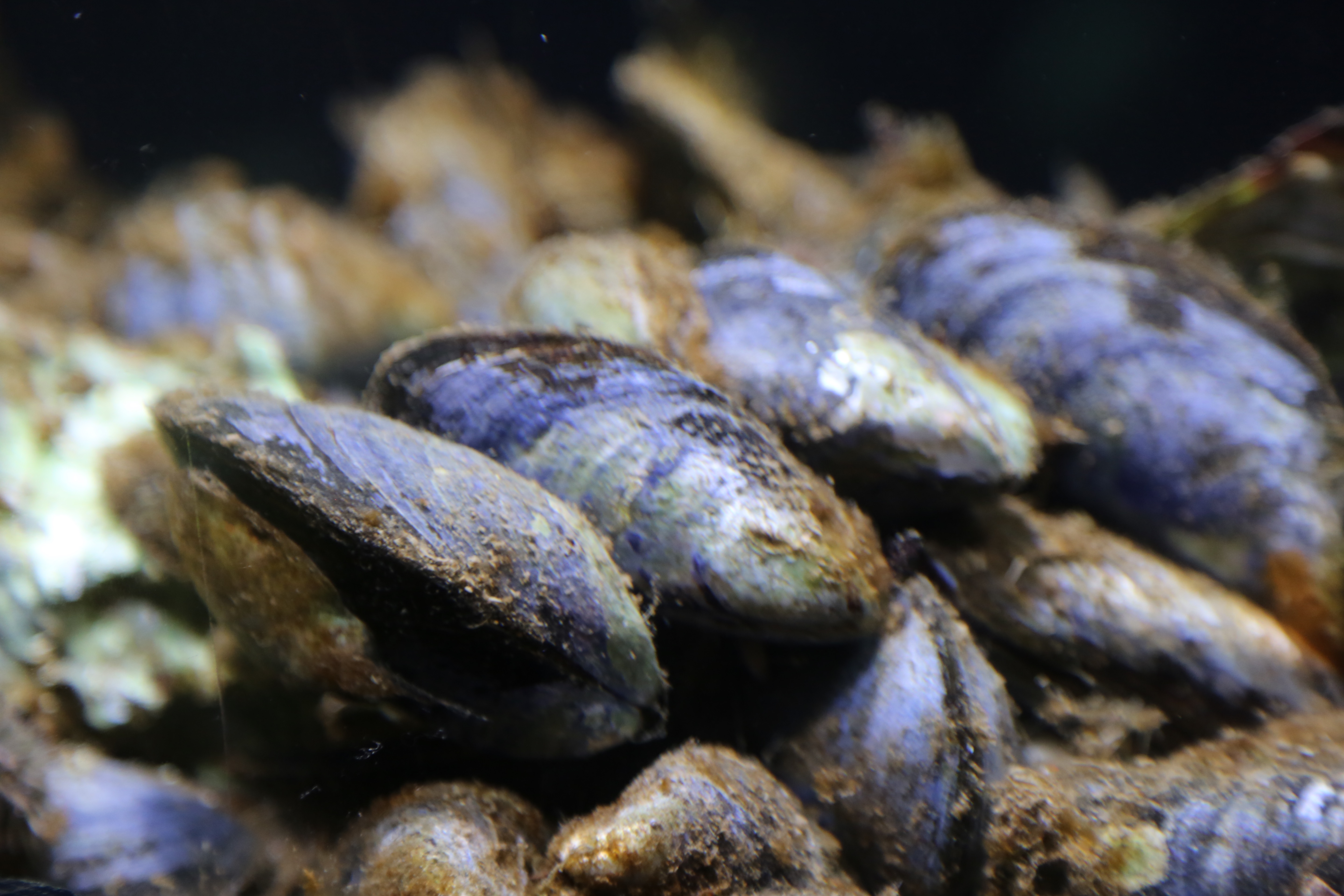Topic: New species

Published: 27.03.2019 Updated: 23.03.2020
Almost all Norwegian fish farms produce salmon and rainbow trout, but marine scientists believe that there are big opportunities in new species. But which new species are best suited to being farmed under Norwegian conditions?
Codfishes
In the report "Potential seafood production in Norwegian coastal waters and fjords", scientists at the Institute of Marine Research (IMR) reviewed the potential of various species for being farmed. They also looked at the environmental impacts and challenges. The overall aim of the report was to find opportunities to increase food production.
In terms of fish, the codfishes (cod, saithe, pollack and haddock) have the greatest short-term potential for being produced in large quantities in sea cages in the same way as salmon and trout.
However, some problems need to be resolved in order to enable sustainable farming of codfishes. A vaccine and treatments need to be developed for the disease francisella. In addition, a large liver and head result in a low fillet field – just 50 percent. For salmon, by comparison, the fillet yield is 70 percent. Farming codfishes also involves the risk of escape and genetic impacts on wild fish. The codfishes are economically important populations, and potential genetic pollution must be avoided.
Sturgeon, mullet and beaked redfish
Another new fish that could be farmed is the sturgeon. The only species of sturgeon that is native to Norwegian waters is the European sea sturgeon (Acipenser sturio). One advantage of sturgeon farming in Norway is that the species doesn’t naturally reproduce here. That means there are no wild fish for escaped farmed sturgeons to interbreed with. The risk of farmed sturgeon reproducing in Norwegian rivers is also minimal, according to the researchers behind the report.
Other species that could be farmed include the thicklip grey mullet, John Dory and beaked redfish. The mullet is of particular interest, because it eats algae. It may therefore be possible to give it feed based on brown algae.
The IMR scientists also believe that it would be economically viable to farm species such as wolffish, halibut, scallops, oysters and turbot, but they wouldn’t have any impact on food security, due to low volumes.
Mussels and seaweed
Our most common farmed species salmon and rainbow trout are high up the food chain, but at a global level, aquaculture is dominated by organisms low down the food chain: seaweed, shellfish and plant-eating fish.
The researchers behind the report believe that Norway also has the environmental conditions required to enable efficient, sustainable production of species at the bottom of the food chain. The reason for this is that Norway has large quantities of clean seawater, sheltered coastal waters and high technological expertise.
The common mussel is one of the species mentioned. It can be used both for human consumption and in fish feed.
Several species of seaweed can also be cultivated. Currently, kelp is used to produce the gelling agent alginate. Alginate is used in many products, ranging from pharmaceuticals to food. It can also be used as food and animal feed, or as a raw material for biofuel.

Several challenges
Nevertheless, there are a number of challenges that need addressing. One of them is that large parts of our coastal zone and fjords lack nutrients. But production is possible if the right steps are taken, according to the researchers. For example, it’s possible to move deeper water masses, which are richer in nutrients, up to the production areas.
If we are to successfully farm new species in Norway, we must be able to solve the associated environmental challenges, so that the aquaculture doesn’t harm nature.